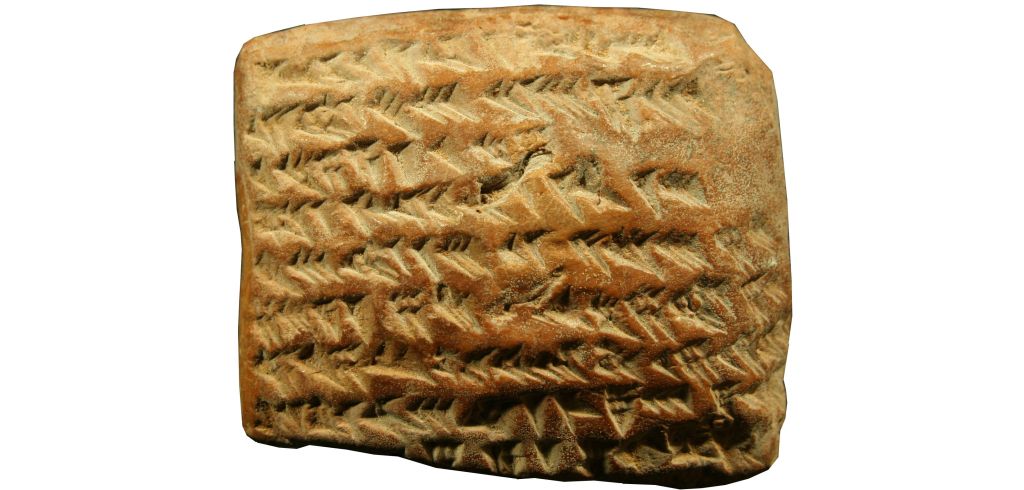We’ve been wrong about astronomical geometry this entire time
Since the dawn of humanity, we have been looking up at the stars and trying to understand them. We learned to use them for navigation, and watched as they moved around our skies, signalling a change of season, or time for an important ritual.
The recent discovery of an ancient Babylonian tablet has revealed that our ability to accurately predict the movement of celestial bodies dates back way further than we thought, suggesting that there is more to be learned about ancient scientific knowledge.
How we calculate movement
Up until recently, we credited a group of Oxford boffins from the 14th century with the idea of astronomical geometry. It requires a good handle on conceptual, abstract thinking, a firm grasp of arithmetic, and an understanding of geometry, to be able to look at the stars and planets, and accurately predict where they will appear over time.
This was an early form of calculus (that scary thing from maths class that you've tried to forget about ever since). It was a more sophisticated method of tracking celestial bodies than the basic arithmetic previously used. Where arithmetic is about numbers, and algebra is about relationships between numbers, calculus is about relationships between equations.
Ancient Babylonia
A new study of ancient clay tablets, dated between 350 BCE and 50 BCE, reveal that some clever clogs living in ancient Babylonia, a state within Mesopotamia (now Iraq), were using a similar method of calculus to plot the movements of Jupiter.

Apart from having a very cool title, astroarchaeologist Matthieu Ossendrijver of Humboldt University has spent the last few years studying these clay tablets, housed in the British Museum in London.
“I couldn’t understand what they were about,” he told the Washington Post. “I couldn't understand anything about them, neither did anyone else. I could only see that they dealt with geometrical stuff.”
Only after the text of another, unstudied tablet was revealed, did it all click into place.
Measuring just 5cm by 5cm, this tiny tablet, marked with the tick-shaped imprints of the ancient cuneiform script, contained “numbers and computations, additions, divisions, multiplications,” says Ossendrijver. “It doesn’t actually mention Jupiter. It’s a highly abbreviated version of a more complete computation that I already knew from five, six, seven other tablets.”
It was the missing piece that proved that the ancient Babylonians were using sophisticated methods of tracking the stars and planets some 1 400 years earlier than we thought possible.
What's the big idea?
So, besides revealing that historians have been horribly wrong about the origin of calculus all this time, why is this discovery significant?
Well, if no other evidence emerges that this Babylonian knowledge was preserved and carried on through the ages to 14th century Europe, it shows that new knowledge can emerge independently, in different parts of the world. This is useful when exploring other human origins, like language and agriculture, or religion.
It shifts our understanding of an “enlightened Europe”, and gives more credence to the idea that the ancient Babylonians were a sophisticated civilisation.
Lastly, it begs the question: what other amazing discoveries are yet to be made from artifacts gathering dust in the back rooms of museums around the world?